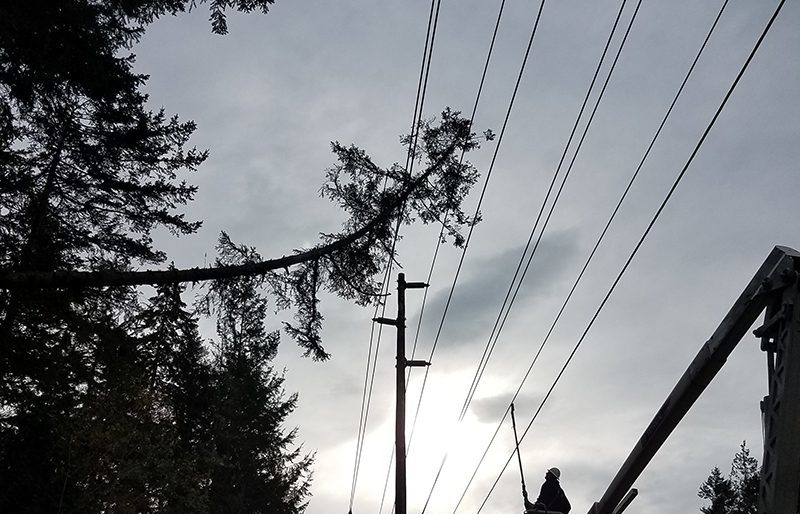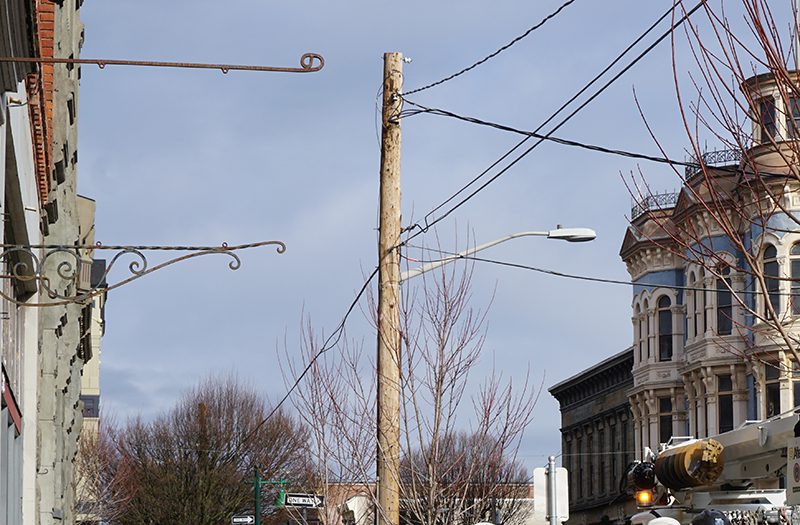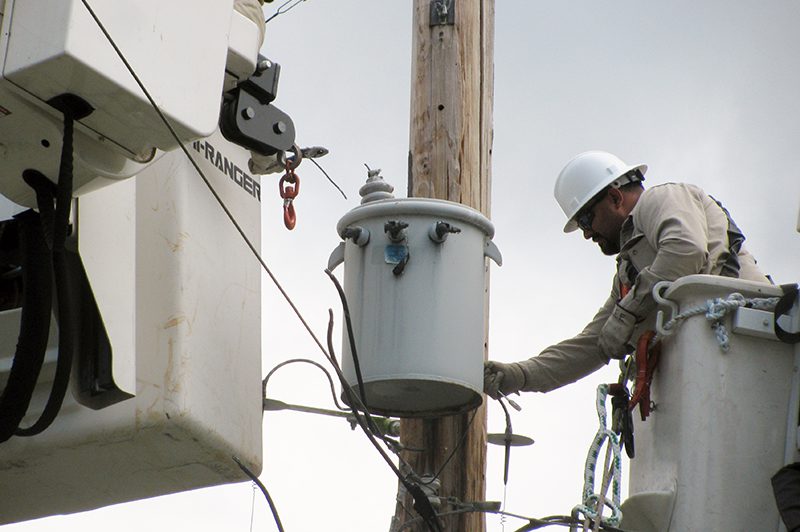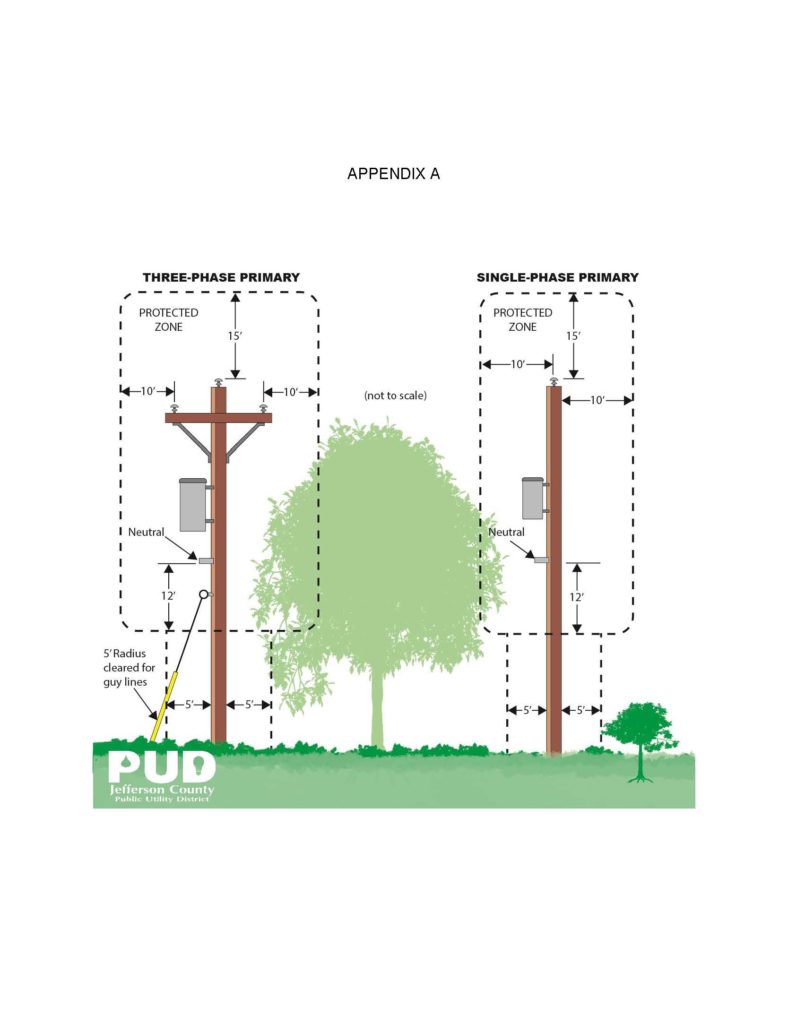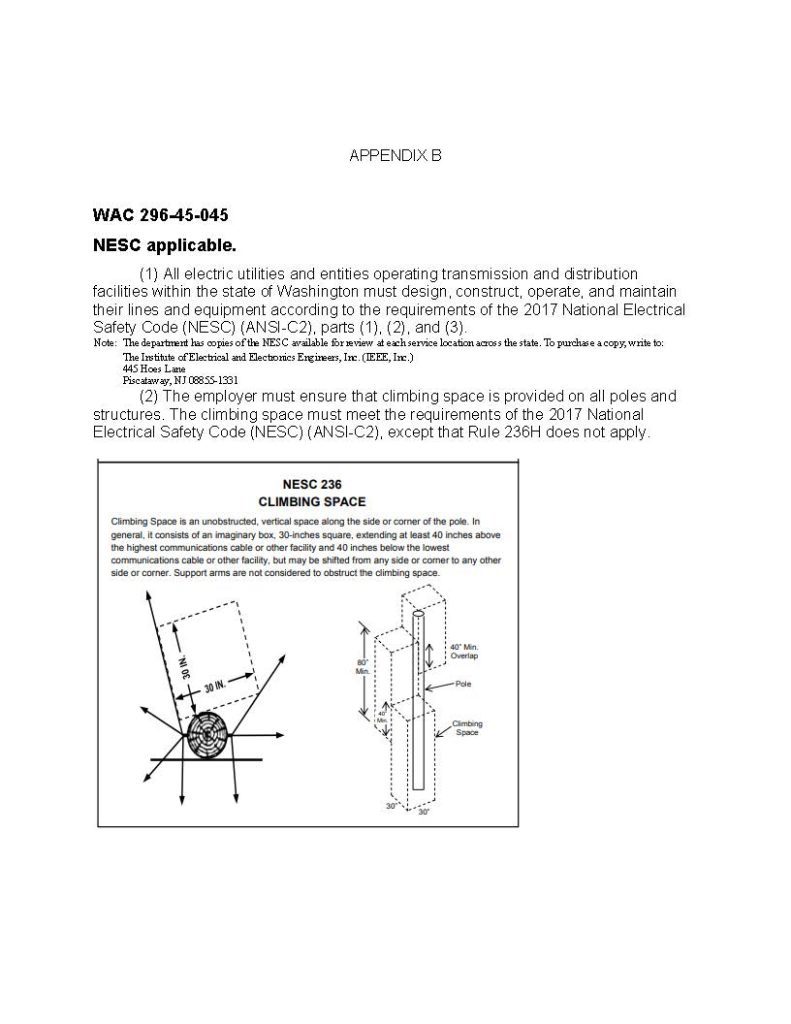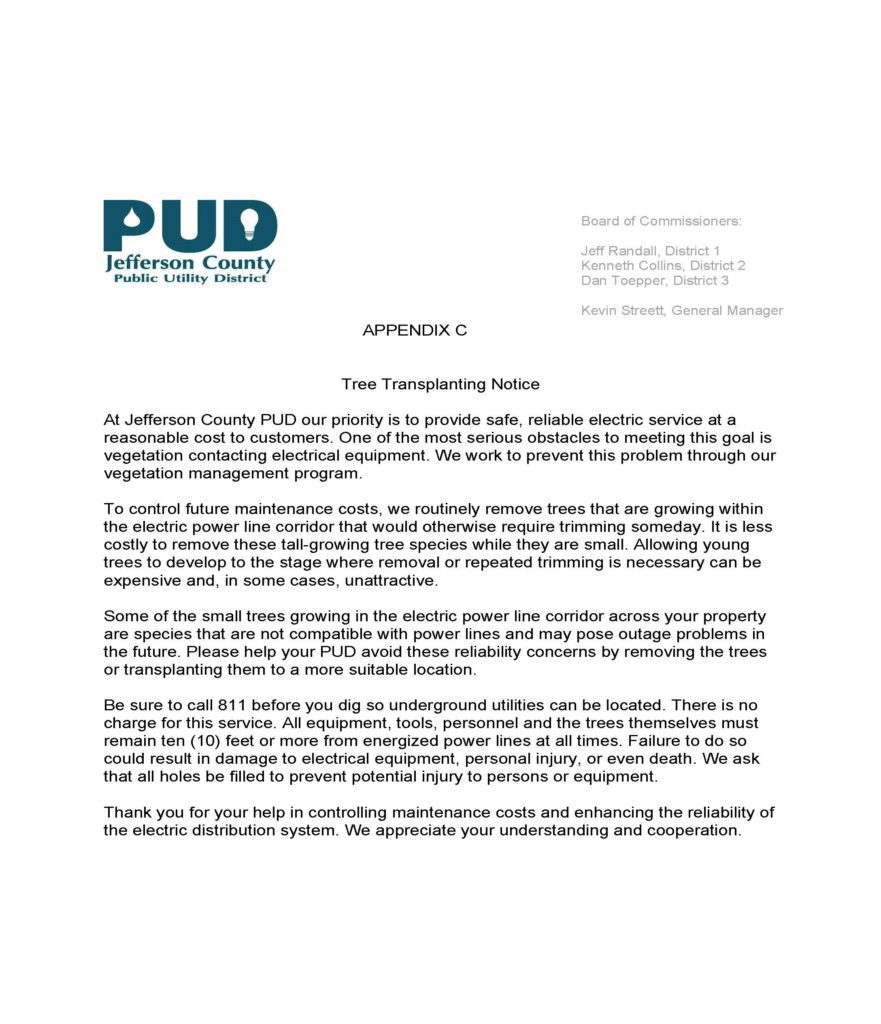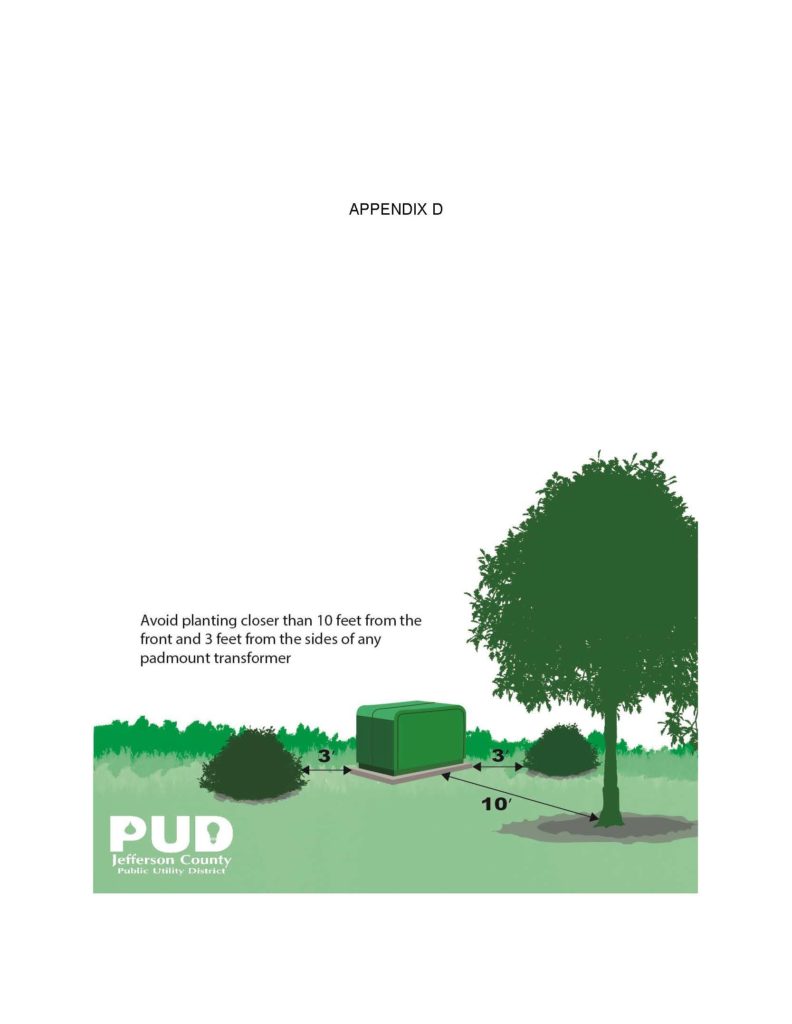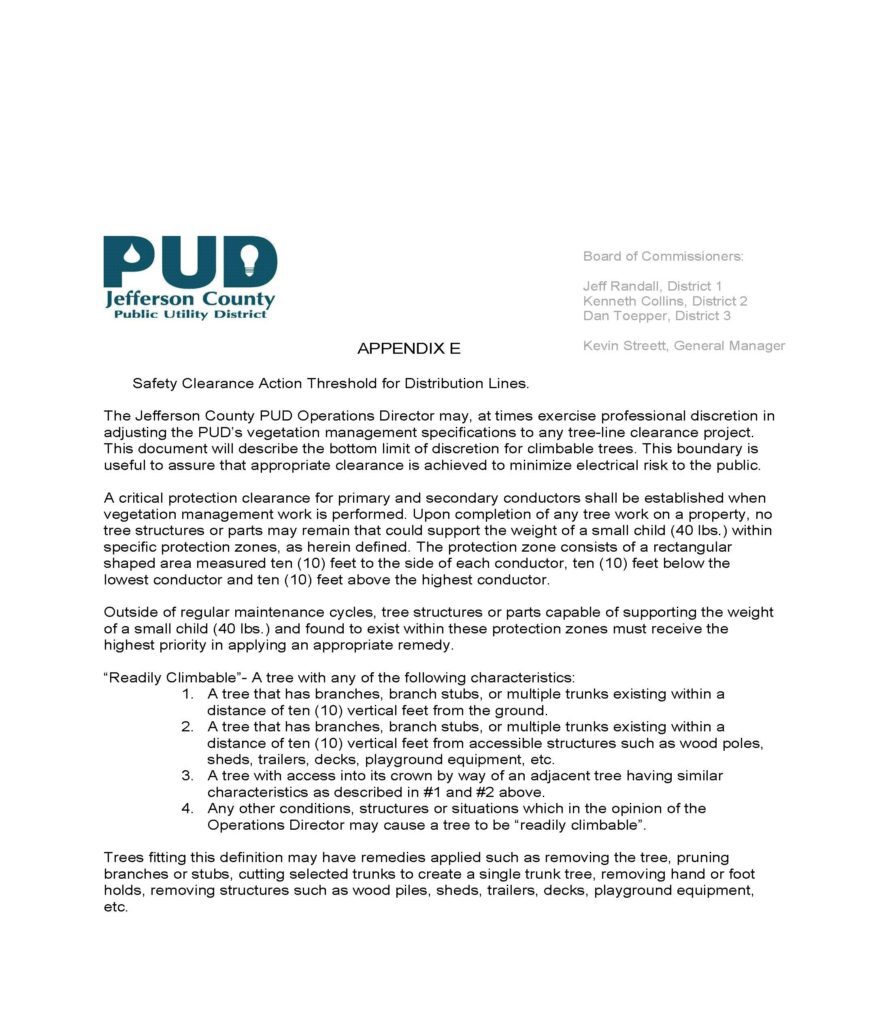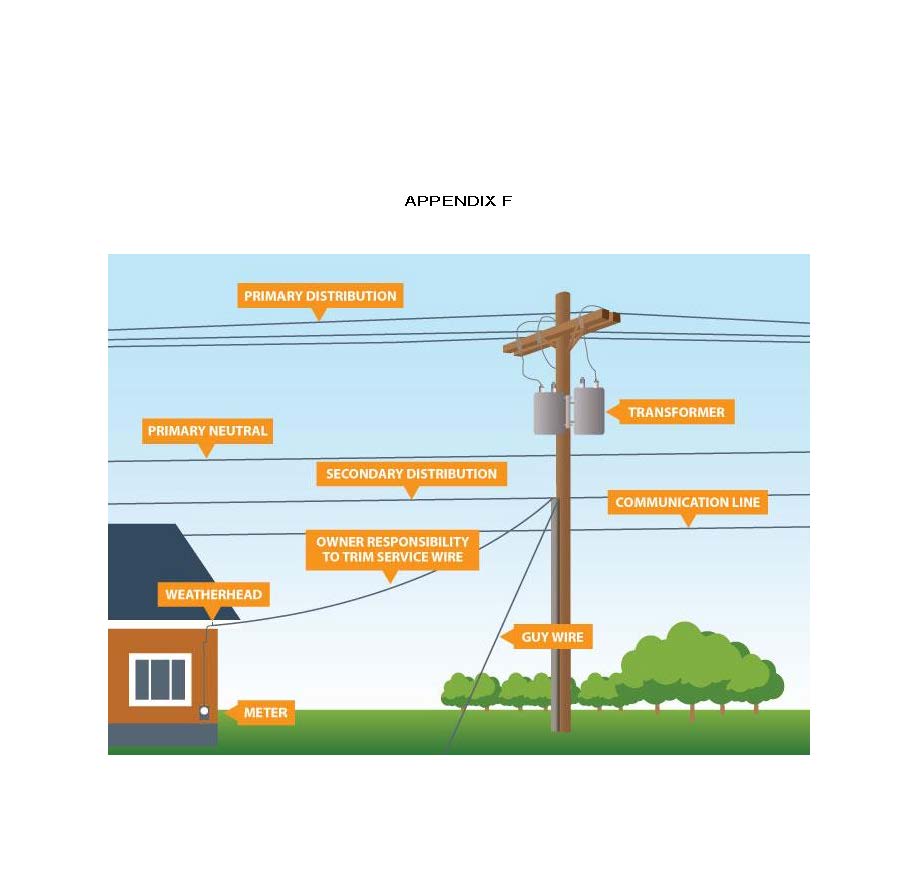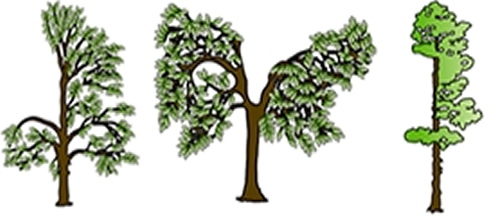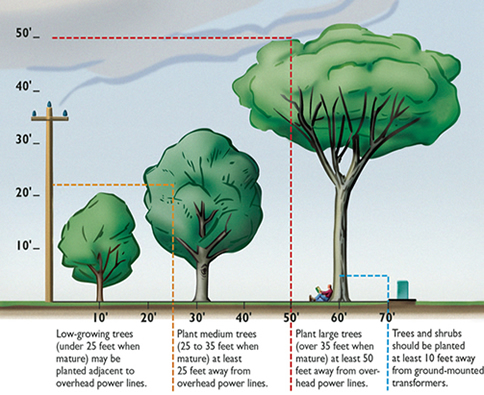Tree Trimming Info, Streetlights, Disconnect Requests
Trees are our number one cause of outages and approximately 90 percent of tree-related outages are caused by trees growing outside of the right-of-way. Trees that grow too close to power lines can cause outages, start fires or create other hazardous conditions. Jefferson County PUD maintains a rigorous tree-maintenance program for trees along power line rights-of-way. Generally, we remove trees that pose a serious threat to safety and electric service. Not only does this work help maintain electric safety and service reliability, it is mandated by state and federal regulations (NESC Rules 012, 013, and 218; IEEE Standard 516-2003, Section 4.2.2.3; ANSI Z133.1; OSHA 1910; and WAC 296-45).
NOTE: Not all lines on power poles deliver power. Some are phone or cable lines that lease space. The PUD does not maintain these lines. Noting which type of lines are impacted by a tree or branch helps us gauge the priority of the response. You can upload photos from your phone. For more information on tree trimming, tree trouble, pruning, planting or any other tree and power line related issue email the PUD: customerservice@jeffpud.org or call (360) 385-5800.
